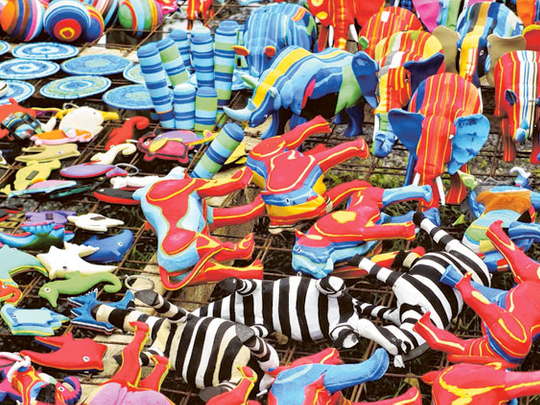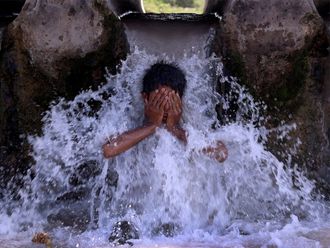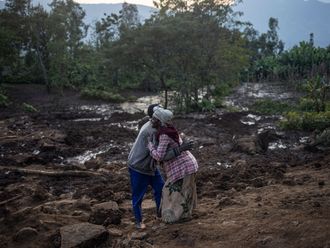
Nairobi: What do you do with a pair of old flip-flops? Not an idle question as the planet produces billions of pairs of non-biodegradable pairs every year.
But now a Kenyan biologist-turned-businesswoman has at least a partial solution. Julie Church’s artisan manufacturing company, Ocean Sole, turned about 50 tonnes of dirty, discarded and damaged flip-flops into animal ornaments and jewellery in 2013. She anticipates doubling that amount this year, and will pay 25p per kilo to whoever brings them in.
In Kenya, where plastic flip-flops cost a dollar, beaches are littered not just with broken and battered domestic varieties but with flip-flops from all over the world. Branded flip-flops turn up on Kenya’s east-facing shoreline from the Middle East, South Asia and Australasia.
Ocean Sole is Church’s private sector attempt to educate consumers and producers alike. Sales have tripled in the last year and it is reaching a global market supplying some of the world’s most famous zoos and aquariums. “Their shops are usually full of stuff that is so bad for the environment,” Church says.
The UN estimates that every square mile of ocean hosts nearly 50,000 pieces of plastic. “When someone says they’re throwing something away, where is away?” Church says. When plastic is concerned, “away” often equates to ending up in one of the worlds rivers or oceans. Kenyan paleontologist Louise Leakey once warned that the legacy of our era on earth would be a layer of subcutaneous plastic.
Ocean Sole’s production manager, Idah Marangu, has just overseen the manufacturing of nearly 200 plastic bison for an American bison association. Distinctive bright stripes run the length of the stocky little body, which was a challenge for her team of artisan carvers, who are used to African safari animals.
Jonathan Lenato, 30, is one such trained carver who sits shaping a dolphin — his seventh that day. He reveals that he has a hard time explaining to his friends what he does. “It’s strange, unique and everybody wants to see”. Conversations inevitably require him to explain why dirty flip-flops are his raw material of choice. “I tell them how they damage marine life. My friends have learnt”, he says.
The next challenge for Ocean Sole is to “up-cycle” dirty old flip-flops to produce shoes from shoes.










_resources1_16a30b3523c_small.jpg)

